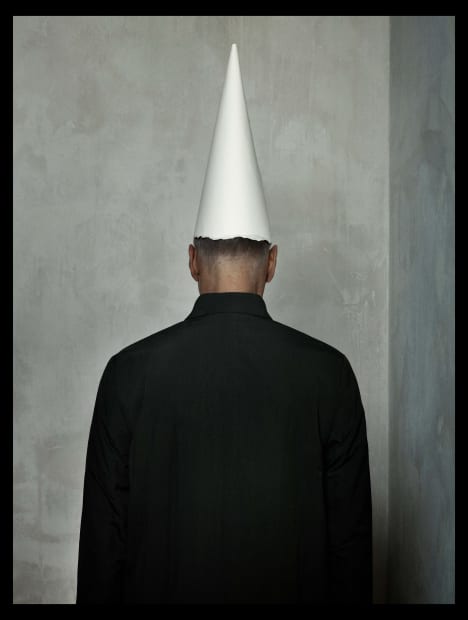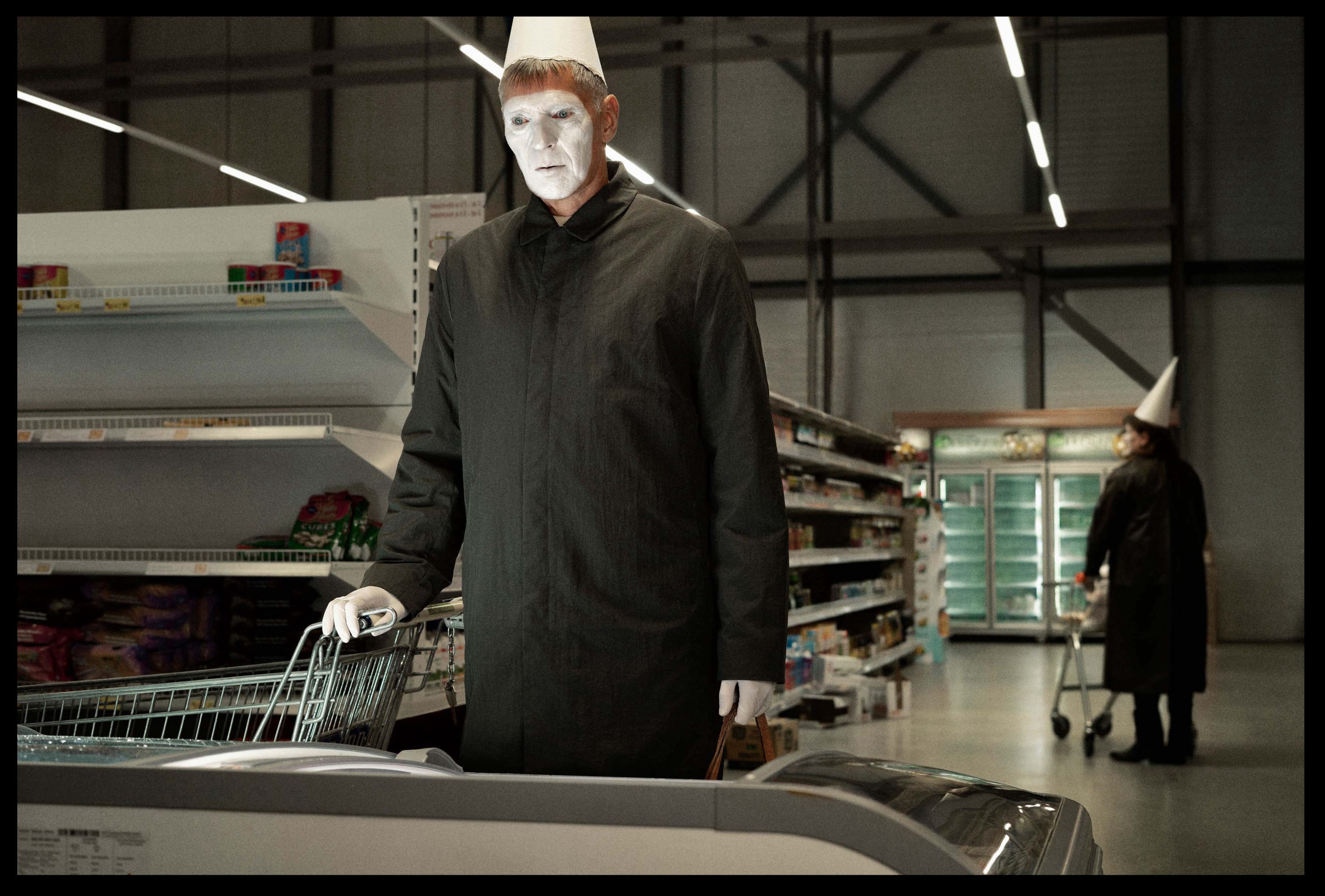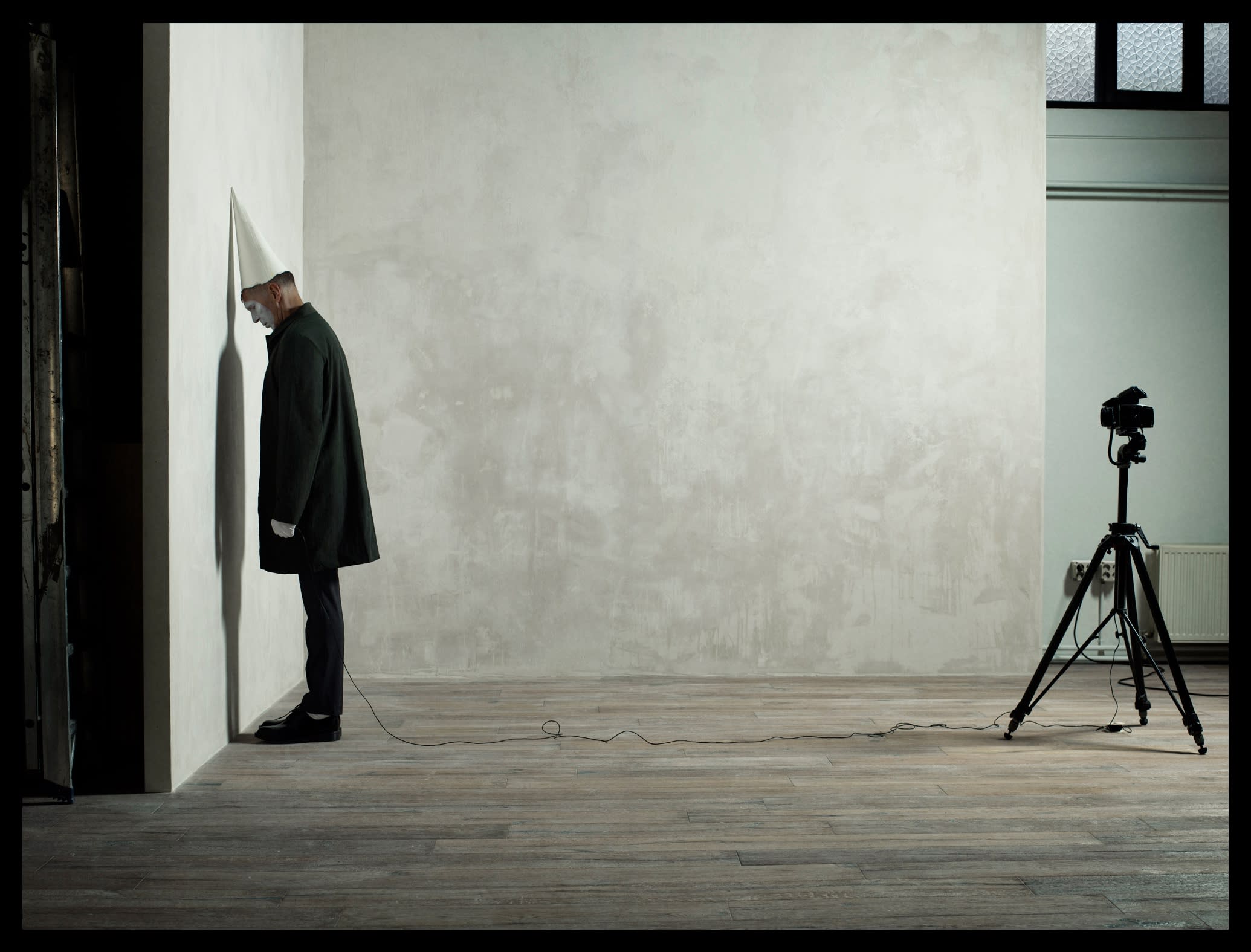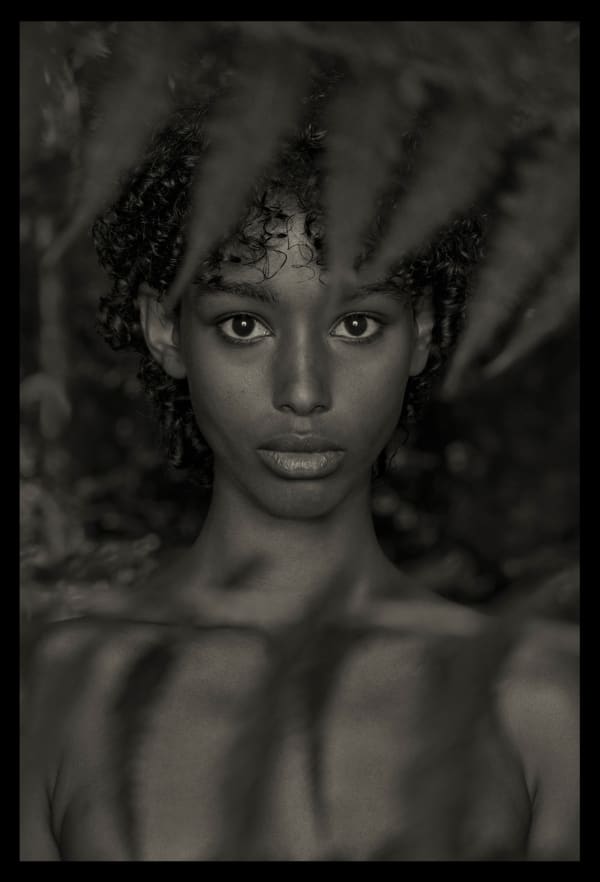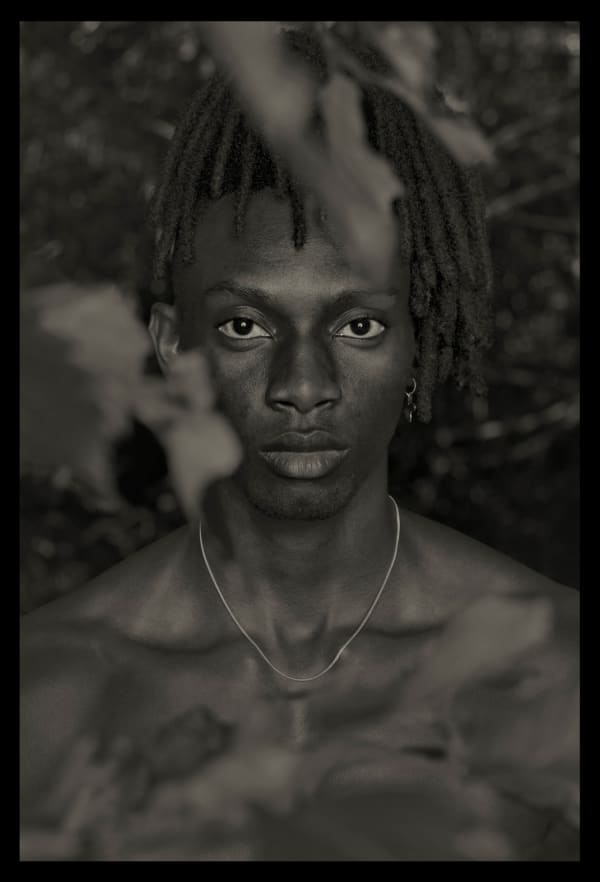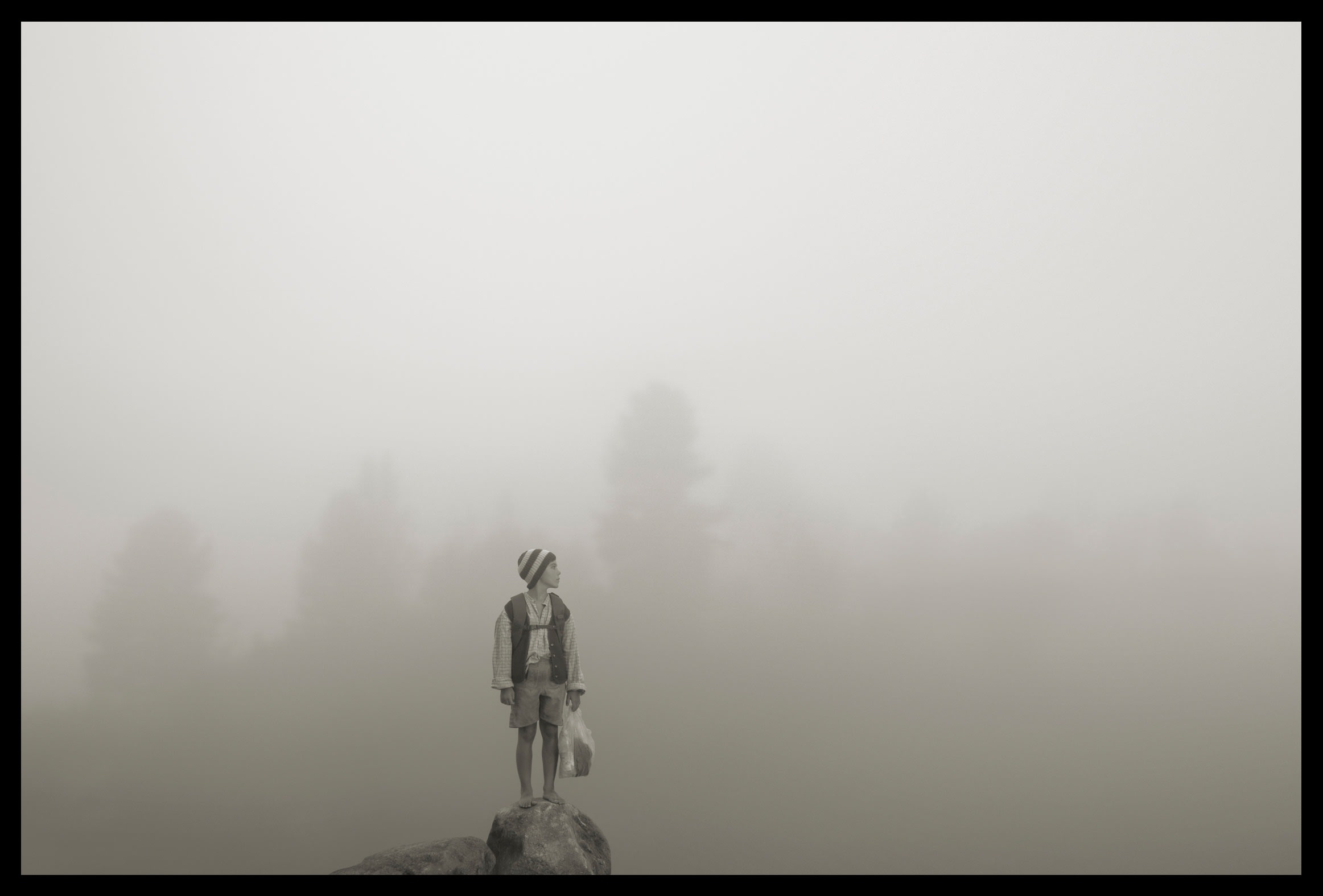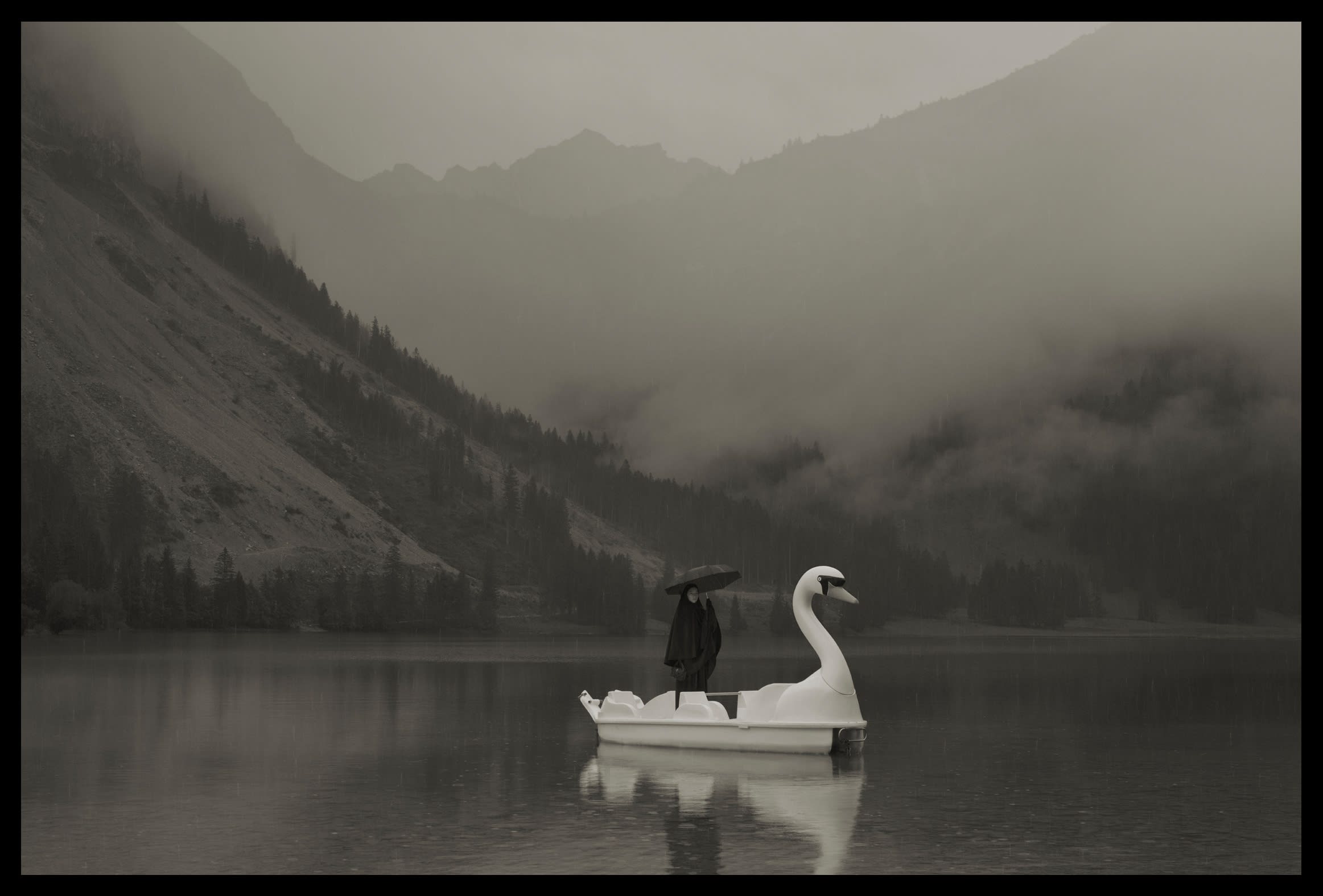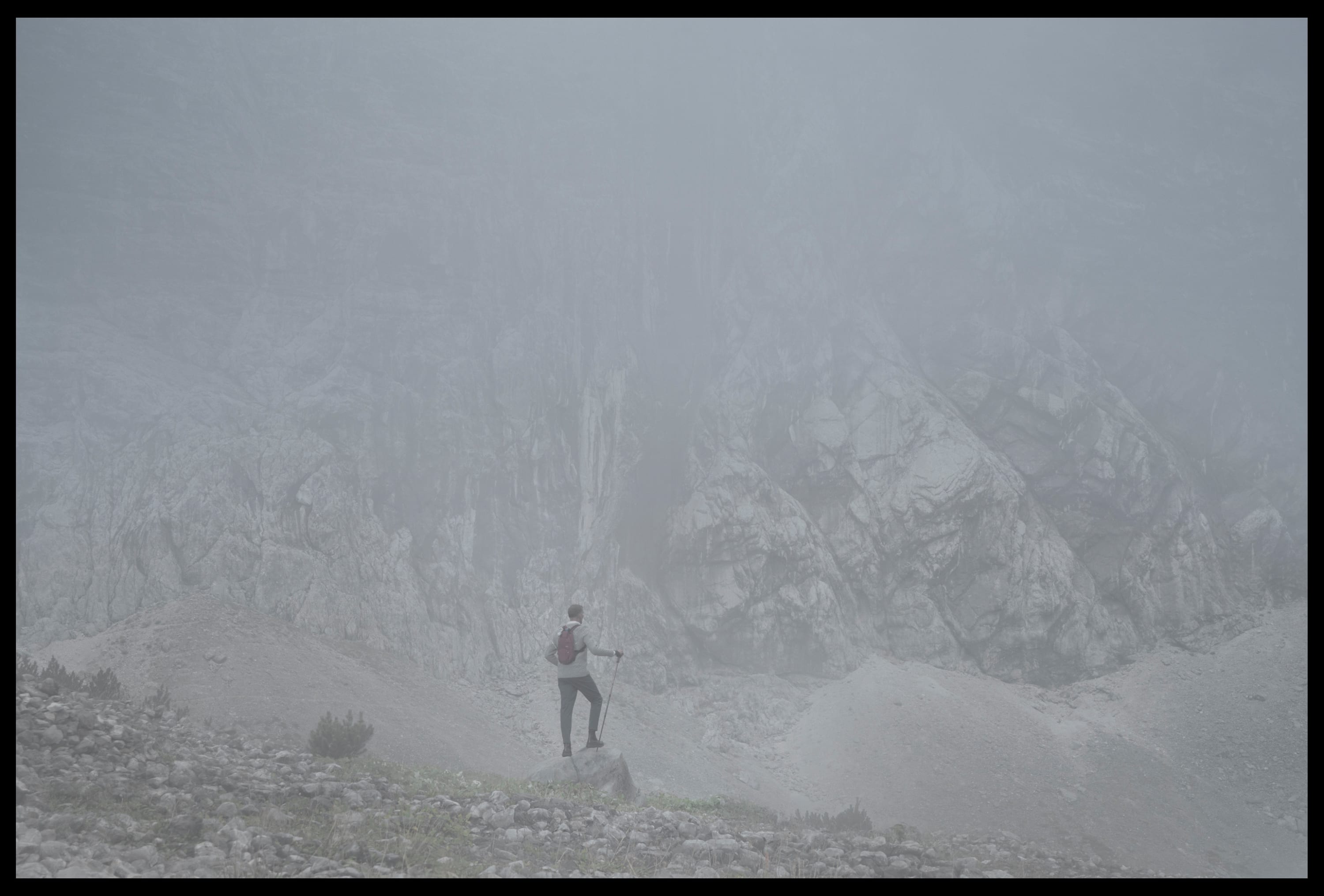-

11.30 am, 2020
Chromogenic print
31 1/2 x 23 5/8 inches, edition of 10
52 3/8 x 39 3/8 inches, edition of 7
-
"Fear and powerlessness have dominated me for a few weeks now,"
Erwin Olaf proclaimed in a statement on April 22, published in the magazine of the renowned Dutch daily newspaper De Volkskrant. "The supermarket shelves, emptied by hoarders, made me realize that for decades I have assumed that everything would always be there, that our dancing on the volcano's edge would never end. Nothing could be further from the truth, and here I stand, speechless. Vacantly I walk around, waiting for the utter unknown, afraid of an enemy that I cannot see, and who I fortunately cannot feel yet. The house of cards is collapsing, and we are all the joker."
April Fool - a compilation of 11 photographs that are titled with timestamps fifteen minutes apart, as if to represent the passing of time on any ordinary day - was made in the spring of 2020 after the Covid-19 pandemic had fully emerged as a global threat. In this series, Olaf casts himself in the role of Pierrot, a character from the Comédie-Italienne known for his whitened face and naïve demeanor, wandering through a deserted grocery store and other uninhabited settings.
"[The] photographs of the April Fool 2020 series could be read like sequences from a movie, with the suggestive quality of Edward Hopper (1882 -1967) paintings. Similar to these, Olaf's images bear witness to the forsakenness of human beings. Only, it is not the anonymity of the big city he explores, but rather its stasis. The isolation and reclusiveness of the figure embodied by the artist conveys emotions with which many people who experienced the outbreak of the Covid-19 pandemic in the spring of 2020 and the subsequent isolation can identify."
-Anja Huber, Erwin Olaf: Strange Beauty (Berlin: Hatje Cantz, 2021) p. 32.
-

10.15 am, 2020
Chromogenic print
23 5/8 x 35 1/2 inches, edition of 10
39 3/8 x 59 inches, edition of 7
-

9.45 am, 2020
Chromogenic print23 5/8 x 35 1/2 inches, edition of 1239 3/8 x 59 inches, edition of 12 -
 9.55 am, 2020Chromogenic print23 5/8 x 35 1/2 inches, edition of 1039 3/8 x 59 inches, edition of 7
9.55 am, 2020Chromogenic print23 5/8 x 35 1/2 inches, edition of 1039 3/8 x 59 inches, edition of 7 -

11.15 am, 2020
Chromogenic print23 5/8 x 31 1/2 inches, edition of 1039 3/8 x 52 3/8 inches, edition of 10 -
In the last images of the series, "Olaf emphasizes art as art, suggests that survival can also take place in image form... Clowns always have an ace up their sleeve, and in the case of an artist, these are the image through which he writes himself into his own time and into the future as an actor."
-Daniel Hornuff, Erwin Olaf: Strange Beauty (Berlin: Hatje Cantz, 2021) p. 27.
-
April Fool Film, 2020
Triptych of three films; prepared media players in felt box
Edition of 5 + 2 APs
-

Porträt XI A, 2020
Chromogenic print
17 3/4 x 11 3/4 inches, edition of 7
27 1/2 x 18 3/8 inches, edition of 12
43 1/4 x 28 5/8 inches, edition of 10
-
-
In Im Wald, the artist also pursued a new concept for the portraits of the characters, which, since Hope (2005), has become a decisive part of his series as an addition to the photographed scenes. The portraits now no longer appear to be specifically assigned to the scenes by using the same background. Instead, all the models are captured as portrait busts, shown with branches that protrude into the pictorial space. Thus, nature provides a boundary between the subject and the viewer.
-ah, p. 204
-

Im Nebel, 2020
Chromogenic print
11 3/4 x 17 3/4 inches, edition of 7
27 1/2 x 41 3/8 inches, edition of 12
43 3/8 x 65 inches, edition of 10
-

Am Wasserfall, 2020
Chromogenic print
11 3/4 x 17 3/4 inches, edition of 7
27 1/2 x 41 3/8 inches, edition of 12
43 3/8 x 65 inches, edition of 10
-
"Olaf does not want to compare current events with the past but raises questions about the present and the future.
In his earlier work, like Berlin (2012) or Grief (2007), the artist set his protagonists in a different historical period, the interwar years and the 1960s respectively, but this time he positions them in the here and now, with props like a plastic bottle, headphones, selfie stick, and hygienic mask.
Yet Olaf achieves a universal and timeless quality by shooting the series in black and white and adding a touch of sepia. For this aesthetic, he was inspired by the landscapes of the American pioneer of “straight photography” Ansel Adams (1902 –1984). The monochromatic tonality also contributes to the feeling of disorientation in these images: not only do the protagonists have difficulty finding their way in the densely woven veil of black, gray, and white, but the viewer does as well. This notion is reinforced by the large formats of the photographed scenes for which Olaf exploited the maximum height of 160 centimeters for a photographic print for the first time."
-AH, PP. 203-04
-

Der Schwan, 2020
Chromogenic print
11 3/4 x 17 3/4 inches, edition of 7
27 1/2 x 41 3/8 inches, edition of 12
43 3/8 x 65 inches, edition of 10
-

Vor der Felswand, Selbporträt, 2020
Chromogenic print
11 3/4 x 17 3/4 inches, edition of 7
27 1/2 x 41 3/8 inches, edition of 12
43 3/8 x 65 inches, edition of 10
-
-

-
-

